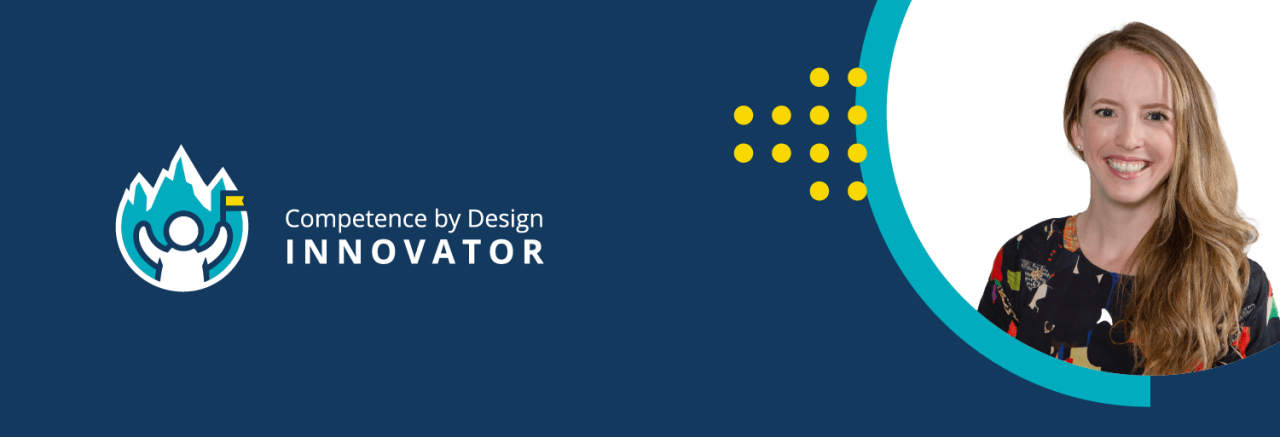- My MOC
- Directory
Menu


Discipline: Emergency Medicine resident
Email emferguson@toh.ca
Twitter: @emmaksferguson
During the first year of CBD the residents focused our time on becoming experts in our stages of training and EPAs. Then, one-on-one, we used this expertise to enroll staff into Elentra. The groundwork for this had been laid before we started residency but once the actual implementation started it took time each day to help staff learn and become experts with the platform. From there, we ran an annual CBD information session for incoming residents to continue to empower learners to be in the driver’s seat of their education.
One of the biggest barriers to observation completion can be the sheer volume required in each phase of training, but mostly in the core phase of training. It took a while to settle into core as there are so many assessment points. Knowing this stage is intended to be two to three years in length helped contextualize this. One of the biggest lessons I learned was taking some time at the beginning of each rotation, especially off-service, to look at the assessment requirements that could only be achieved on that rotation and keeping a small list with me throughout the rotation to ensure I was able to get the breadth of exposure required.
Our staff are incredibly supportive of learning and have been instrumental in the success of CBD. They are used to daily assessments with residents so doing an EPA at the end of a shift is never a problem. Sometimes there are shifts where multiple EPAs are appropriate and those are generally easiest to do when you sit down to review with the staff after the case. There is always time to document so it is nice to add an EPA to the end of the time when you're charting. When off-service I found it most helpful to talk to the on-service staff for your team at the beginning of the week to prime them on the EPAs and learning experiences you're looking to achieve. This has been very successful for me as completing assessments is top of mind for them when asked. Connecting at the start of the week also helps create opportunities for staff to expand your exposure when cases arise.
Hard copy EPAs were added near the beginning of our experience with CBD when not all observers were in the system or when people were out of province or not at our home university site. This has now been transitioned as we can now send assessments to external providers; however, before this it would have been impossible to get assessments when on an elective.